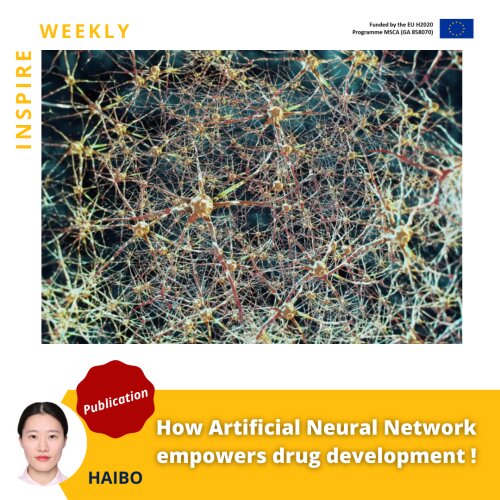02/11/2022 - Haibo (ESR #3)

Drug-related cardiotoxicity (i.e., any heart damage arising from drug side effects) is important in drug development [1]. It is crucial for the pharmaceutical industry to develop effective methods to identify the cardiotoxicity risk in drug development at an early stage. In the early stage of drug development, pharmaceutical companies often use Human Induced Pluripotent Stem Cell-Derived Cardiomyocytes to test the drug safety and record some field potential signals (extracellular electrical activities) of those cells. By analyzing those field potentials, pharmaceutical companies can study the drug effects on those cells. However, analyzing those filed potential signals is laborious because the size of those signals is large. So, computer-based automatic analysis tools can empower the analysis of drug-related cardiotoxicity risk.
Therefore, in INSPIRE’s recent publication by Haibo Liu, we shared the results of using several Artificial Neural Network methods to predict drug adverse effects on cardiomyocytes. Moreover, this study tested the abilities of those Artificial Neural Network methods to automatically detect if a drug is safe or not. It will help to improve the efficiency of drug development by detecting cardiotoxicity in a more fast and effective way. Please check the article to find out more details:
Haibo Liu, Tessa De Korte, Sylvain Bernasconi, Christophe Bleunven, Damiano Lombardi, Muriel Boulakia. Artificial Neural Network Comparison on hERG Channel Blockade Detection. International Journal Of Computer Applications. Volume 184 - No.14, May 2022. DOI: 10.5120/ijca2022922119. Open Access
Reference:
- Nicola Ferri et al. “Drug attrition during pre-clinical and clinical development: Understanding and managing druginduced cardiotoxicity”. In: Pharmacology and Therapeutics 138.3 (2013), pp. 470–484. ISSN: 0163-7258. DOI: https://doi.org/10.1016/j.pharmthera.2013.03.005.